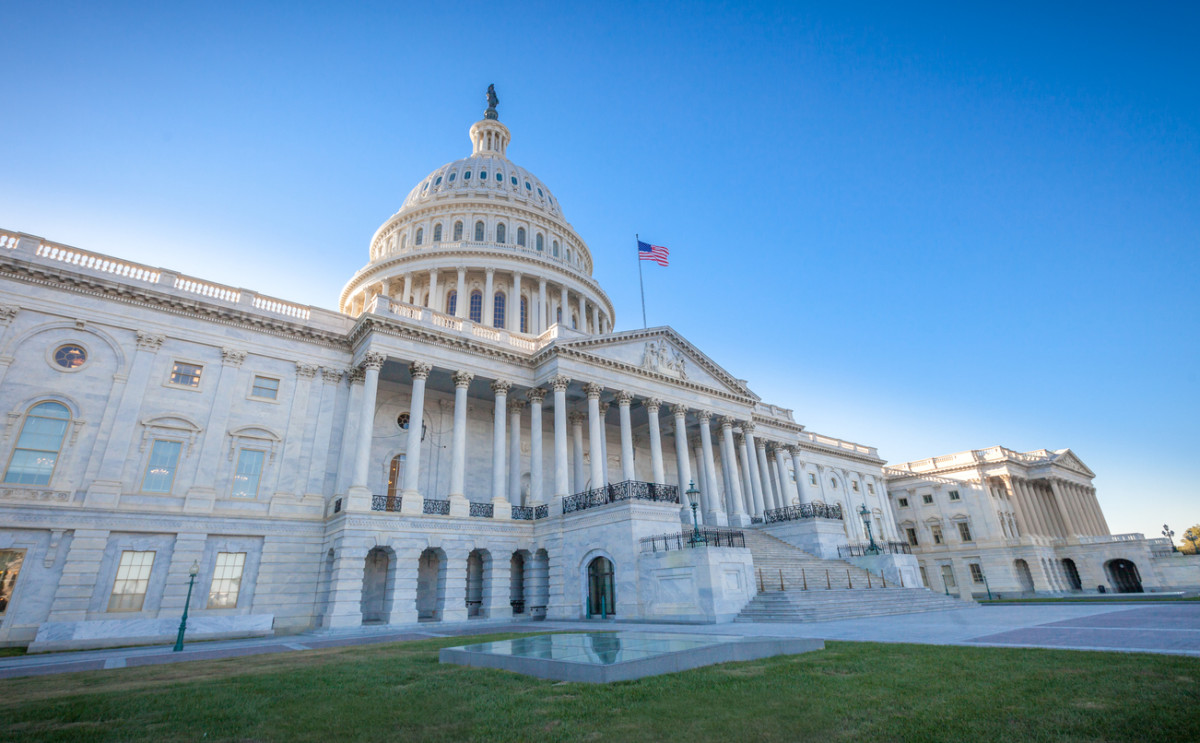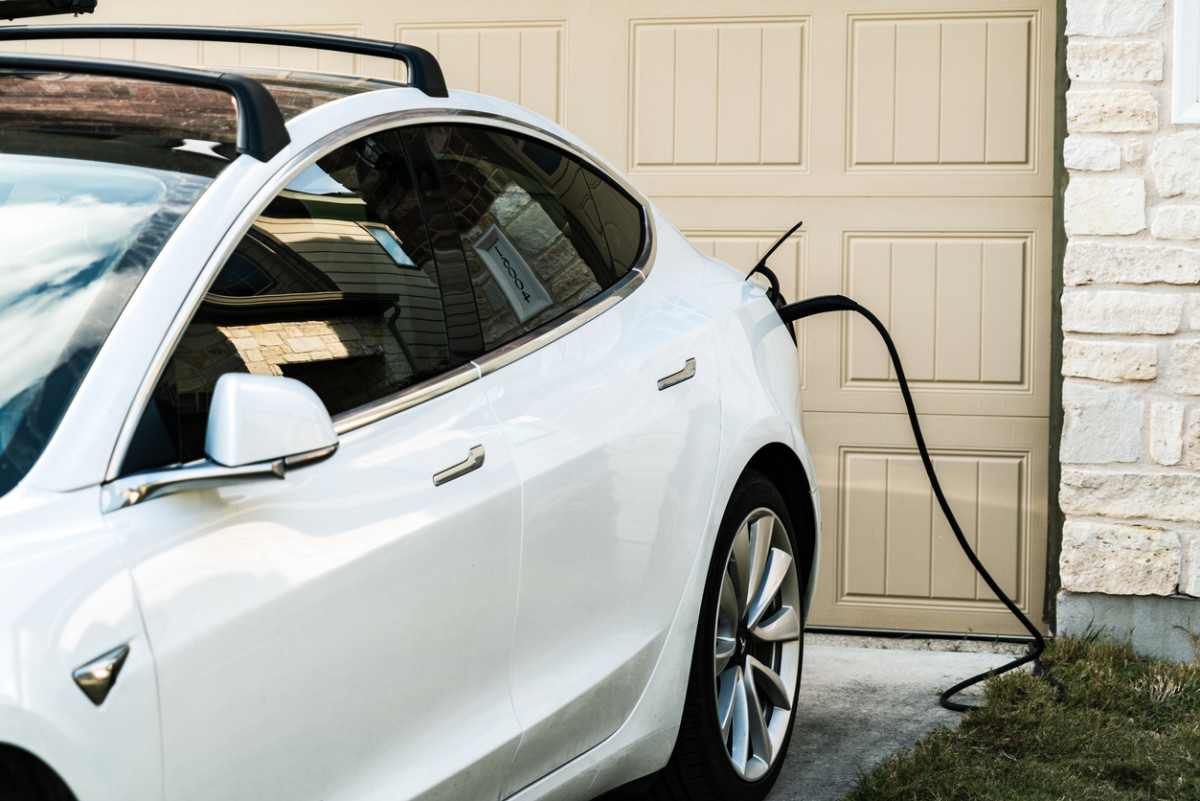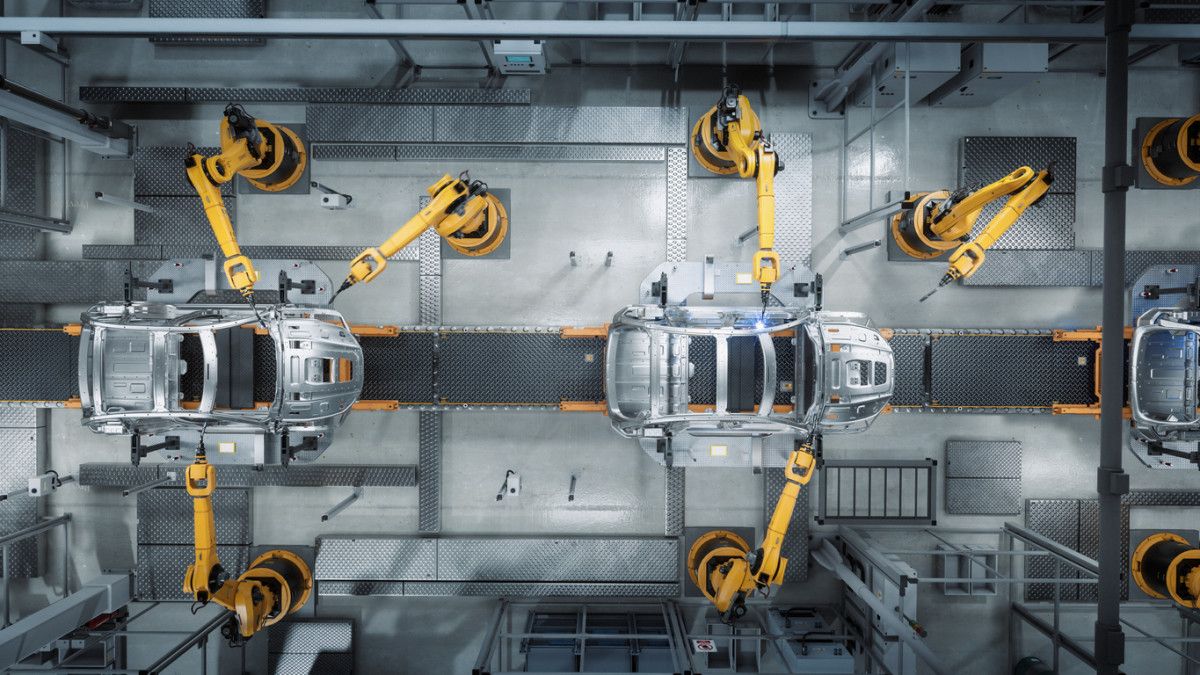President Biden signed the Inflation Reduction Act on August 15th, 2022, after it passed in the Senate along party lines. The legislation enacts sweeping changes to healthcare, tax, and climate legislation. One notable element of the law—particularly for prospective car buyers—is the changes made to the federal electric vehicle incentives. Some shoppers (and automakers) will benefit immediately from the new federal tax credits, while others will face a decision: buy an EV now, or wait? For most shoppers, the correct answer is to act fast.
How Will the New EV Tax Credits Affect Consumers?

First, the new bill changes the specific terminology from “electric vehicle tax credit” to “clean vehicle tax credit.” It’s an important distinction, as the new credit applies not only to battery electric vehicles (BEVs) but also to other low-emission vehicles like plug-in hybrid electric vehicles (PHEV) carrying a battery capacity of four to seven kilowatt hours (kWh), as well as hydrogen-fuel-cell-powered vehicles.
The new clean vehicle tax credits officially go into effect immediately, but customers who had already purchased a qualifying electric vehicle in 2022 or who had a signed sales agreement for a previously qualified vehicle before August 16th will still be able to redeem their EV tax credit for the appropriate credit amount under the previous law, even if the vehicle in question has not yet been delivered to the customer. If a shopper purchases a clean vehicle after August 16th, however, the new clean vehicle tax credit requirements apply, minus the final assembly requirement (detailed below).
The new $7,500 tax credit is funded through December of 2032. The new legislation also removes the 200,000-vehicle cap, meaning vehicles from all automakers will be eligible, regardless of how many vehicles the automaker has previously sold. The previous electric car tax incentives would phase out as an automaker approached that cap. General Motors (notably Chevrolet), Tesla, and Toyota had all reached the 200,000 cap, making their vehicles ineligible for federal credits of any amount. Under the new law, that is no longer the case.
Additionally, used vehicles at least two years old will now qualify for a tax credit, worth up to $4,000 or 30% of the vehicle’s sale price (whichever is less).
Starting in 2024, whether being applied to a used or new vehicle, the clean vehicle tax credit can be applied as a discount at the time of purchase, rather than a credit due at tax time. Essentially, this means that shoppers can give the credit to the dealership selling the vehicle in exchange for an immediate rebate to lower the sale price.
However, there are some caveats and limitations to the new incentives.
Restrictions on the New Clean Vehicle Tax Credits.

For shoppers looking at an EV post-bill-signing, however, there will be more stringent requirements than in the past.
Eligibility is now limited by income, so wealthier shoppers may not qualify for a new tax credit. Under the new legislation, single tax-filers will need a modified adjusted gross income (MAGI) below $150,000 to qualify for a new-EV tax credit. Married filers to the IRS must have a MAGI below $300,000, and individuals filing as head-of-household must be below $225,000.
There are income limits for the used-car tax credits, too: Single filers must make less than $75,000, married filers are limited to $150,000, and heads of household can’t have an MAGI above $112,500.
The new legislation puts caps on vehicle pricing, too. In order to be eligible for a tax credit, clean pickup trucks, SUVs, and vans must have an MSRP below $80,000. For sedans, hatchbacks, and coupes, that MSRP ceiling drops to $55,000. Automakers have already responded to this limitation: Tesla has dropped prices on its Model Y crossover and Model 3 sedan to ensure they qualify. With regards to used vehicles, it must be at least two years old, the sale price must be below $25,000, and the vehicle must be sold by a dealership, not a private party.
What About the Battery Requirements?

There are some restrictions tied to the vehicle’s place of assembly and the source of its components. As reference above, in order to qualify for a credit, the vehicle must be assembled in North America. This requirement applies only to new vehicles, not used vehicles. Shoppers can research final assembly information by using a VIN decoder supplied by the National Highway Traffic Safety Administration (NHTSA). Further, the Department of Energy has produced a list of current vehicles with final assembly in North America.
Additionally, there will be further restrictions based on where the automaker sources key components for the battery. Minerals and battery components sourced from Russia or China, for instance, will render a vehicle ineligible.
Likely starting in March of 2023, 40% of the minerals used in clean-vehicle batteries must be sourced from the United States or a U.S. free-trade agreement partner or recycled in North America. At least 50% of battery components have the same restrictions. Each year, the percentage requirement will grow by 10% until the minerals requirement caps at 80% and the components cap at 100%.
In situations where a vehicle fulfills one requirement but not the other (say, it has 60% of its components from the United States but only 20% of its minerals), then it qualifies for only $3,750 of the $7,500 credit.
These sourcing requirements are expected to go into effect in March of 2023, but until then, shoppers will still qualify for a tax credit on an EV purchase, assuming they and the vehicle meet the other requirements.
Act Fast to Get a Full EV Tax Credit
For now, it looks like shoppers have a small window of time to get a full clean vehicle tax credit on a new-vehicle purchase, regardless of whether it meets the battery-sourcing requirements. An important note is that, in order to receive the tax credit, the car must be in the shopper's possession before the IRS issues the new battery-related rules (again, likely in March, 2023). A down payment and a signed sales agreement will not be enough to secure the tax credit.
After March, and in the short term, many vehicles will become ineligible for a tax credit due to their cost and the origins of their battery minerals and components.
Senator Joe Manchin (D, W.Va.) has introduced a bill that would stop tax credits for vehicles that don't comply with the battery requirements immediately. Currently, the bill has not been enacted into law.
In the long term, however, the new law looks poised to make EVs more affordable and drive manufacturing toward North American locales.
“The new legislation is going to be a boon for some vehicles and automakers,” says Kevin Roberts, CarGurus’s Director of Industry Analytics. “A few vehicles, such as the Chevy Bolt, and some lower-priced Teslas, will benefit immediately. Other vehicles, like higher trims of the Rivian R1T, Ford F-150 Lightning, and luxury models from Audi, BMW, and Mercedes-Benz will become more expensive, due to the disappearing tax credit. On the used market, shoppers will be able to find a new discount on popular early EVs like the Nissan Leaf.”
The Bottom Line
The new EV tax credit plan is a long-term effort to make clean energy vehicles more cost-effective, particularly for buyers who might otherwise not have the financial means to purchase one.
With incentives for used vehicles and price caps governing eligibility, the law focuses on helping middle-class shoppers, rather than providing benefits for wealthy EV-buyers.
Automakers will need to adjust course over the coming years to maximize the benefits of the new credits. And, in the short term, it may be more challenging to find an eligible vehicle. However, ultimately, the new plan should make EVs more affordable while driving production toward North America.
Related Topics
The Best Electric Cars
New Car Incentives Explained
The Beginner's Guide to Alternative Fuel Sources
